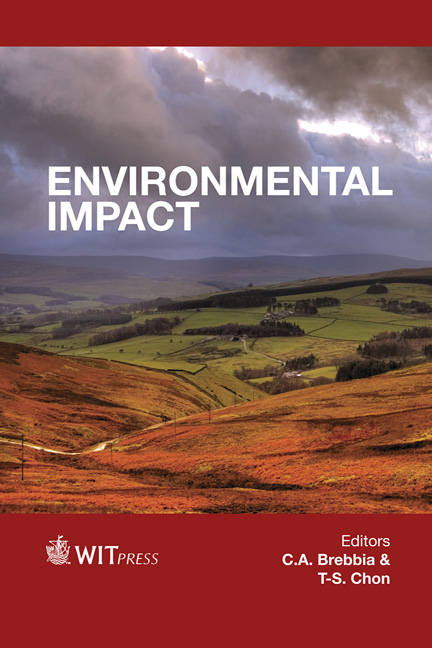Improving Environmental Assessment: Methodological Considerations And Practical Solutions
Price
Free (open access)
Transaction
Volume
162
Pages
10
Page Range
65 - 74
Published
2012
Size
2,971 kb
Paper DOI
10.2495/EID120061
Copyright
WIT Press
Author(s)
F. Bal & J. M. Vleugel
Abstract
In an environmental-economic analysis of a nature area, many explicit and implicit assumptions are used. Central actors, their preferences and behaviour concerning environmental goods are described. In tools, such as cost-benefit analysis, this framework is used to estimate the impact of environmental management (in particular investment decisions) by governments and other stakeholders. But, if these assumptions are not (completely) valid and if the datasets are incomplete and internally inconsistent, then the advice to policy makers may be incorrect. The impact of (environmental) policies may then become significantly different from what was expected. This does not necessarily mean, as some observers or lobbyists might argue, that such policies itself are useless. They can be influential if their design sufficiently reflects our knowledge of the system. As we will show, Bayesian synthetical inference is an interesting method to estimate a function which can be used to quantify the economic value of nature areas. In this way, possibly enhanced by some form of standardization, we may be able to increase the reliability of the outcomes of our analyses and broaden the application area of our tools and data. A practical example is used to strengthen our point. Keywords: environmental assessment, meta-analysis, Bayesian, investments. 1 Introduction In conventional in-depth nature area valuation studies the economic value of a site is estimated by using preferences of privies concerning the site
Keywords
environmental assessment, meta-analysis, Bayesian, investments.





